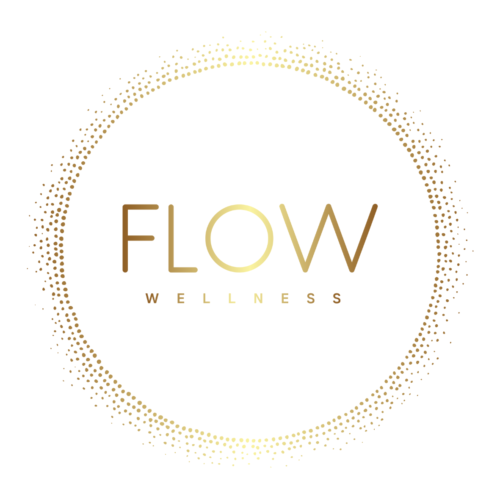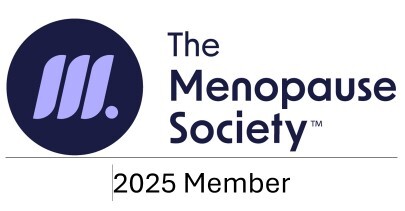Available through Flow Wellness in Oregon & Washington
At Flow Wellness, we specialize in thoughtful, evidence-based treatments that help patients feel and function better—without hype or guesswork. One of the therapies generating attention in integrative and functional medicine is low dose naltrexone (LDN).
Traditionally used in much higher doses for addiction treatment, naltrexone at 1.5 mg–4.5 mg is now being explored for its ability to modulate the immune system, calm inflammation, and improve well-being in certain chronic conditions. While the research is promising, it’s still emerging—and we think patients deserve a clear, realistic explanation of what LDN can (and can’t) do.
What Is Low Dose Naltrexone?
Naltrexone was originally approved by the FDA at 50–300 mg daily to block opioid or alcohol receptors and reduce cravings.
When used at a fraction of that dose—typically between 0.5 mg and 4.5 mg—the medication behaves differently. Instead of blocking receptors for long periods, the brief “pulse” of receptor blockade may lead the body to increase production of endorphins and modulate immune activity once the effect wears off.
Preliminary research suggests LDN may help reduce inflammation through microglial modulation and TLR-4 pathway changes, both key in pain and autoimmune conditions. But it’s important to be honest: this is off-label use, and while thousands of patients have tried it, large-scale trials are still limited.
Why Start at 1.5 mg?
At Flow Wellness, we typically begin with a 1.5 mg capsule as a starting point. This low dose helps patients ease in gradually, minimizing side effects such as vivid dreams, temporary insomnia, or mild nausea.
From there, we can titrate up—usually every few weeks—to find the optimal balance between benefit and tolerance. Some patients notice improvement at 1.5 mg, while others need slightly higher doses for symptom relief.
What Can Low Dose Naltrexone Help With?
Because LDN works through endorphin and immune regulation, it’s being studied for several chronic and inflammatory conditions, including:
-
Autoimmune disorders such as Hashimoto’s thyroiditis, multiple sclerosis, and rheumatoid arthritis
-
Fibromyalgia and chronic pain syndromes
-
Crohn’s disease and ulcerative colitis
-
Inflammatory skin conditions, including eczema and psoriasis
-
Long-COVID and chronic fatigue
The data are mixed—some small studies show symptom improvement, others show modest or no effect. We view LDN as a low-risk adjunct that may support your overall treatment plan when supervised carefully.
Safety and Precautions
Low dose naltrexone is generally well tolerated, but it’s not appropriate for everyone.
Because naltrexone blocks opioid receptors, it cannot be combined with opioid pain medications—doing so may trigger withdrawal or loss of pain control.
Other potential side effects are very rare at this dose, but can include vivid dreams, mild insomnia, mild headache, or digestive upset during the first week. These symptoms usually fade with dose adjustment.
At Flow Wellness, every prescription is custom-compounded and supervised by a licensed clinician. We evaluate your medical history, medications, and overall goals before starting treatment.
The Flow Wellness Approach
Whether you visit one of our clinics or connect via telehealth from anywhere in Oregon or Washington, your LDN experience at Flow Wellness is guided by evidence, transparency, and individualized care.
Our process:
-
Consultation – Review your health history, goals, and current medications.
-
Start Low – Begin with 1.5 mg LDN (or lower if indicated).
-
Titrate Slowly – Increase gradually to find your optimal response.
-
Monitor & Adjust – Track benefits, side effects, and lab results as needed.
We’re not here to oversell LDN—but we’re also not ignoring the mounting data suggesting it could be a valuable tool for inflammation, pain, and immune balance.
What to Expect
Most patients who respond to LDN notice subtle changes first:
-
Better sleep
-
Improved mood or mental clarity
-
Gradual reduction in pain or inflammation
Results often take 4–8 weeks of consistent use. Because it’s an immune-modulating—not suppressing—therapy, progress can be gradual but steady.
Ready to Learn More?
If you live in Oregon or Washington, Flow Wellness offers telehealth and in-person visits for low dose naltrexone.
Our clinicians can determine whether a 1.5 mg start is right for you and provide a prescription through one of our trusted compounding pharmacies.
Schedule a consultation today to explore whether LDN fits into your wellness plan: schedule your consultation here.
Disclaimers: Low dose naltrexone for inflammatory, autoimmune, or pain conditions is an off-label use. This article is for educational purposes only and does not constitute medical advice. Always consult a licensed medical provider before starting, stopping, or changing any prescription medication.




